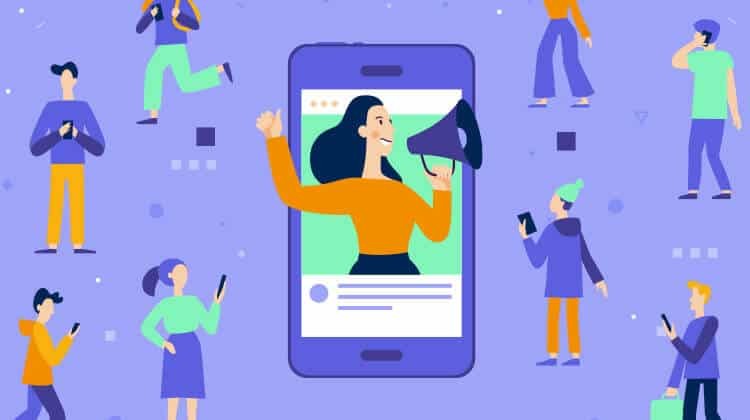How to Take Your Social Strategy to the Next Level with Paid Social
by Ana Gotter • March 19, 2020
Social media marketing is immensely appealing to most brands, and it’s a channel that is often prioritized. Plenty of businesses take the time to get their social media up and running alongside their site before they even officially open their doors to customers. It allows for incredible relationship building and you can stay in touch with your audience on a regular basis, and all these benefits come for free.
Social media is an incredible asset, but it does have its limitations. To combat those limitations and to further extend the benefits of social media, we recommend that all of our clients use paid social ads to elevate their current campaigns to new heights and even greater success.
Interested in taking your social strategy to the next level with paid social campaigns? In this post, we’re going to discuss exactly why it’s so important, and how exactly you can use paid social to boost the results of your current organic strategies.
Why Use Paid Social?
Social media marketing is free. That’s one of its biggest assets to small businesses on a tight budget. It’s a free, relatively easy channel that allows them to distribute messaging, gain visibility, and ideally continue to keep in touch with their target audiences.
Social media may serve as a first touch point to help new users discover you for the first time, and it can be used to nurture relationships through every step of the digital sales funnel, keeping them engaged long after their initial purchase.
Organic social media does have weaknesses, though, that can limit exactly how far you can go with a Facebook or Instagram campaign outside of the rare viral post (which, despite what many people think, you do not have full control over). Paid social ads can help you counteract those limitations with some creativity, strong strategies, and a little ad spend.
It’s important to remember that organic reach heavily impacts some platforms more than others. Facebook is a prime example, where the organic reach for Pages is so low that it’s possible as little as 2-5% of your audience could see any given post that you publish on the platform organically. Most platforms have an algorithm that prioritizes content based on what they expect users to want to see, and this can impact your brand.
You’re also limited to who sees your posts when you’re relying exclusively on organic content. People you follow may see your posts, and anyone who visits your page can. People can see your post of their friend shares it, and they may stumble upon it in search or Instagram’s explore section.
Other than that, however, there’s not much you can do outside of paid social.
Paid social campaigns, on the other hand, can help with this. You can fight organic reach, paying only for impressions, clicks, or other actions that you choose while you’re able to connect with audiences outside of your direct followers. You can reach audiences that you aren’t connected to much more effortlessly while still using targeting criteria to ensure you’re reaching relevant audiences.
In addition to connecting with new audience members, paid social also makes it easy to reconnect with existing audiences, including old customers that haven’t purchased in a while. Both strategies can help increase conversions and brand awareness.
Paid social make it much more possible to leverage social media channels not only for relationship building but also for active selling and growth. If you want to scale, this is the way to go.
How to Amplify Your Social Strategy with Paid Social Ads
There are plenty of incredible uses for paid social ads, which can be run through platforms like Facebook and Instagram Ads, Promoted Pins, LinkedIn Ads, and Twitter Ads. When you want to use them to amplify your existing social strategy, there are five distinct types of ad campaigns that you can use to do so.
Promote Your Best Content Once It Already Has Social Proof
If you want to increase visibility on any of your content, you can do that with social ads. They don’t need to necessarily be selling anything; if you want to get more followers on your page or drive traffic to your site to read a blog post, this strategy works well.
Promoting already-existing and high-engaging organic posts on Facebook has a few benefits.
First, you know that it’s already a hit with your target audience and your followers, meaning that it’s strong content that has a good chance of doing well with other audience members, too. The existing social proof will also help you, attracting user attention.
If you were scrolling and saw that a post had 4k comments and thousands of reactions, you’d naturally be more interested to see what the fuss is about than a post with two measly likes.
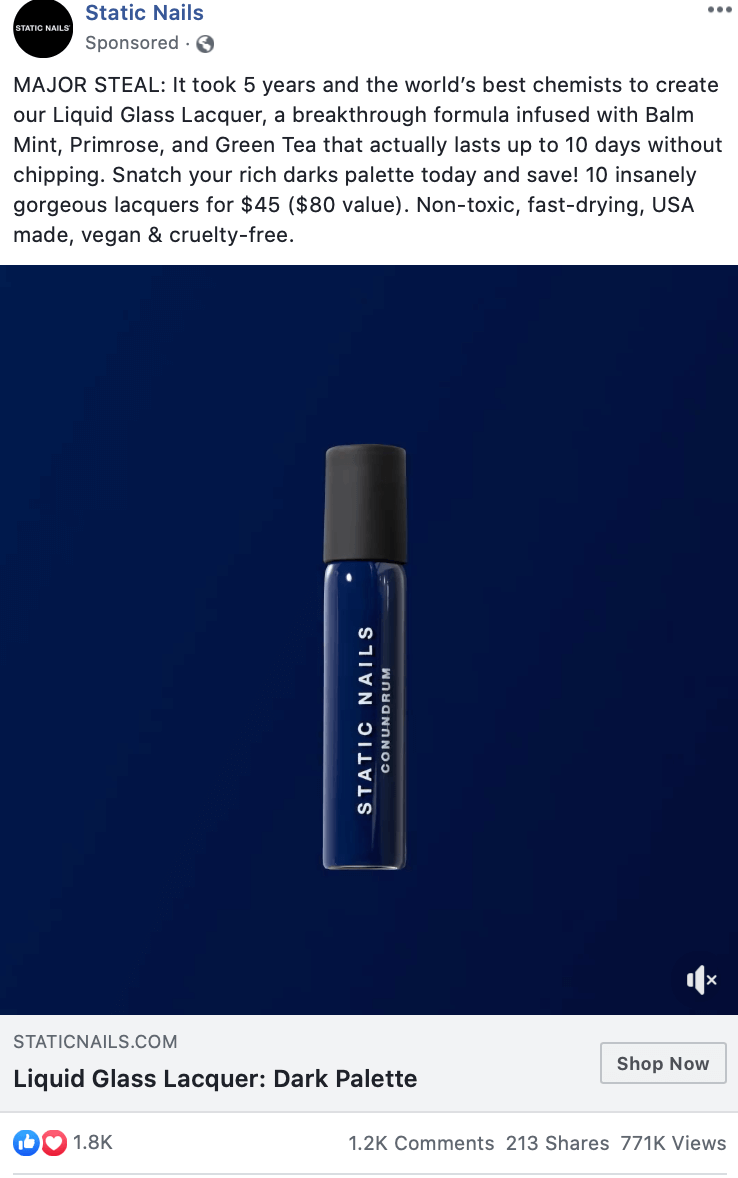
Take a look at your top-performing content, and promote it through their native ad system. Platforms like Facebook and Instagram allow you to carry the existing social proof on the post so that it will be shown when the ad is run, too.
Show Relevant Ads to Niche Audience Groups
Sometimes, you may have content that you want to show to only specific groups of your social followers. You may, for example, want to share content exclusively with customers who are members of your loyalty program so non-members aren’t seeing benefits they can’t receive. Or you might want to promote coupon codes specifically meant for first-time customers.
When this is the case, you can use ad campaigns to show relevant messaging to specific niche groups of your target audience. If there’s any content that you want to promote to only small groups of people, ads are a great choice. If you use segmentation for an equivalent email campaign, that may be a signal that niched-down ad campaigns are a good equivalent here.
You can get creative here. If you have a rewards program that doles out $5 in coupon codes to each member on their birthday, you could have an ad campaign running to members using custom audiences and demographic targeting with birthdays within each month. My birthday is in March, for example, so I might get an ad from Best Buy reminding me to take advantage of my $5 off coupon.
You can also use LinkedIn’s dynamic ad campaigns for this purpose, creating more relevant campaigns by truly personalizing them. Your ads can show a user’s own name and profile picture within the ad, grabbing their attention and increasing the likelihood that they take notice and click. The more relevant your campaigns are to each user, the more likely they are to take notice and click.
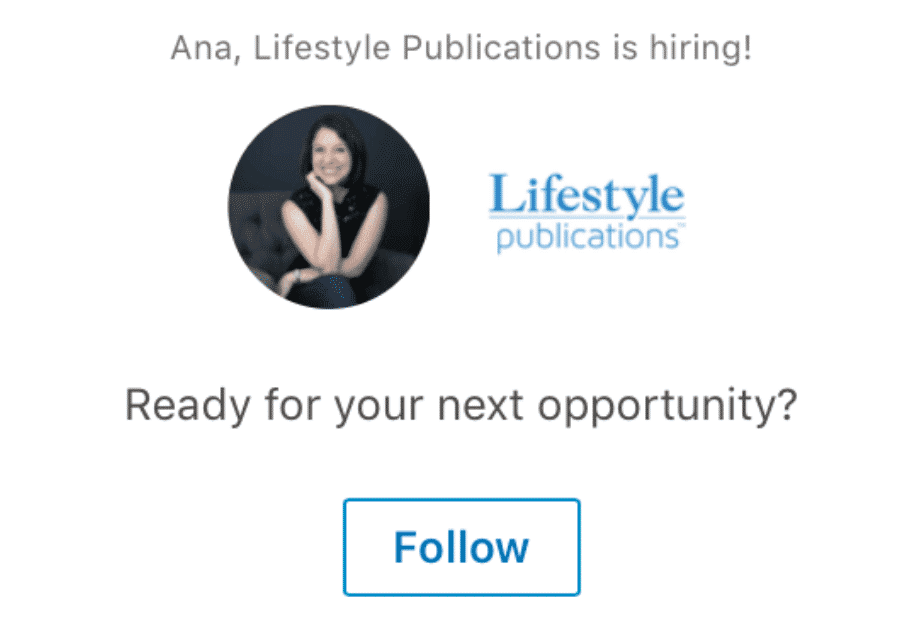
Keep in mind that on some platforms you’ll want to be aware of transparency. Facebook has an ad library, for example, that allows users to see all the ads a Page is currently running. Most customers won’t bother, but they could look up a coupon code that’s meant to be exclusive to a single group of people.
Reconnect with Long-Lost Customers or Followers
Do you have leads or customers who haven’t followed you yet on social media? Or have you had a few customers in the past that have since dropped off and haven’t purchased or interacted with your content in awhile?
In most cases, these individuals aren’t connected with you on social media, even if they were historically. Using ad campaigns that are specifically designed to target each of these audience niches with the right message and an appealing offer can convince them to follow you on social and even get them to become active customers again. This can work particularly well with abandoned cart users, who were this close to purchasing before they backed out.
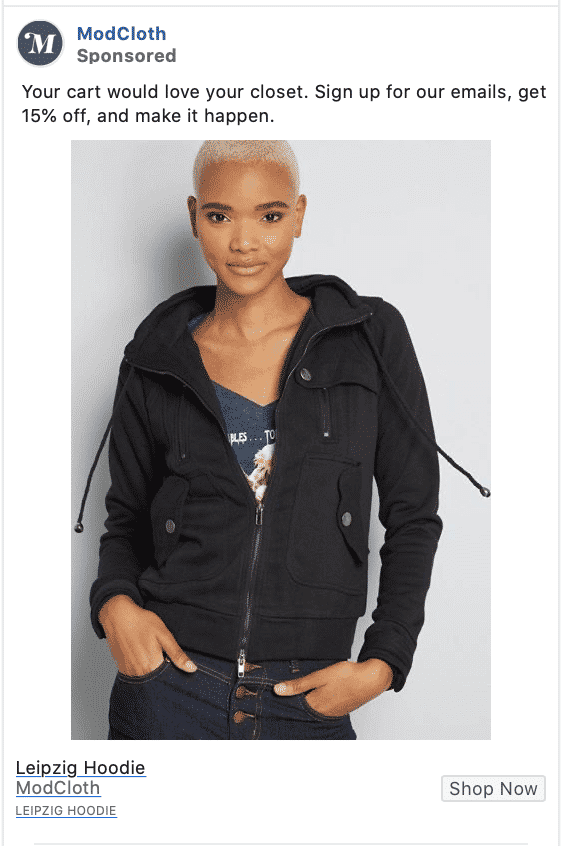
You can use campaigns designed to reengage these audience members, reminding them to renew their subscription, make a purchase before their existing order runs out, or even use a “We miss you! Come back for 10% off!”-style ad campaign.
Amplify Brand Events to Increase Attendance
If your brand has any in-store or online events coming up, you’re probably using social media to establish awareness and generate both excitement and attendance. Boosting your events and running ad campaigns to promote them on multiple social media channels is an effective way to amplify your social media strategy overall.
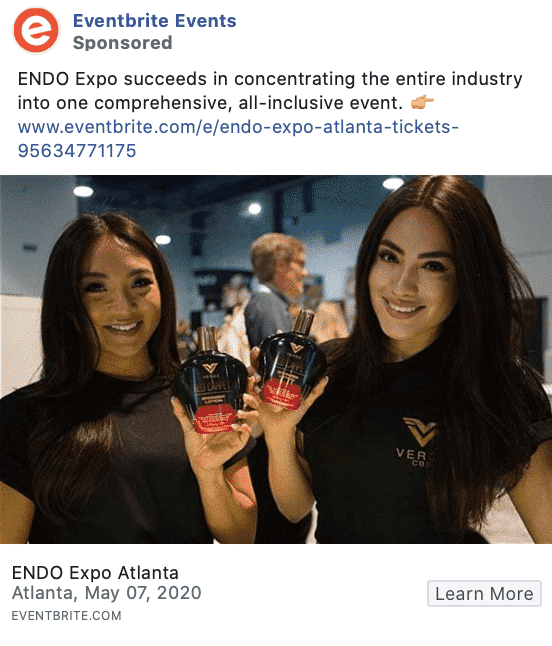
Paying to promote your event will send your visibility skyrocketing. Plenty of people may be interested in attending your event, whether it’s a free webinar or an in-store wine-tasting that you’re selling tickets to, even if they haven’t yet heard of your brand.
This could be a great opportunity to drive sales, build lead generation, and even just establish more brand awareness. Start promoting your event early through paid social, promoting either your landing page for registration or an on-platform event that’s collected a ton of social proof.
When promoting your event, make sure that you’re explaining the benefits of the event to the user so you can really get them excited. Consider using videos from past similar events, and even using customer testimonials.
Use Ads to Explain Why Following You Would Benefit the User
Monitoring your engagement is much more important in terms of social success than your follower count, but that doesn’t mean that your follower count is irrelevant. Of course, it’s good to see an increasing volume of followers, because it means that more people in your target audience are seeing your content on a regular basis.
Using low-cost, engagement-oriented campaigns that are designed to convince people to become followers can help you boost your organic social strategy by continually helping you grow your following.
You can promote high-engaging content to catch someone’s interest, but you can also create campaigns that are designed to explain why following you is advantageous to the user. This can include following your page (“Make sure you follow us to see our weekly live series where we teach you our favorite cooking tricks!) to joining your Facebook group.
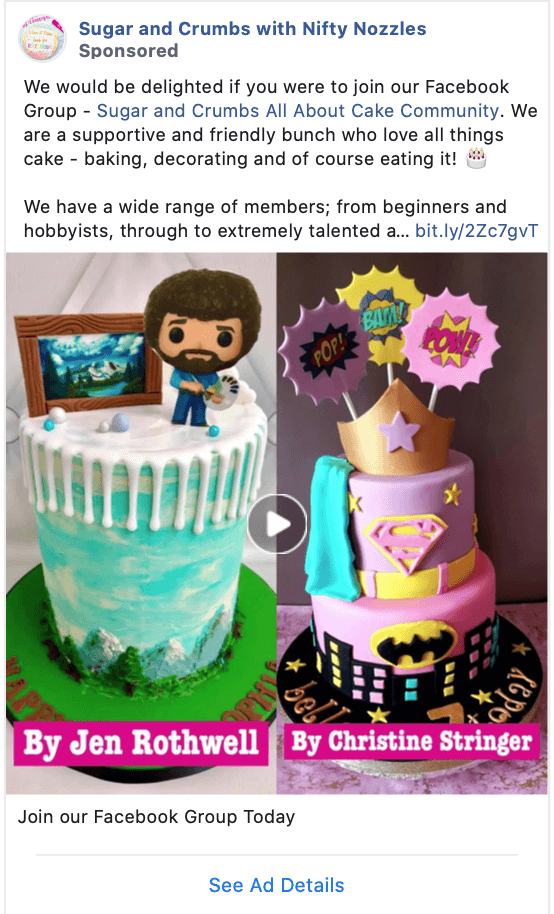
The idea behind gaining more followers is to get more people seeing and engaging with your content regularly. As a result, Facebook groups are incredibly advantageous to businesses—they have priority in the algorithms and are at an all-time high with user engagement. If you want to use ads to encourage more connections with non-followers, promoting a group is a good place to start.
Final Thoughts: How Paid Social Can Benefit You
Organic social media is something that all brands should be putting time and energy into, but even if you’re getting solid results with organic marketing, it benefits most brands to amplify those results with paid social campaigns.
Paid social gives you a little more control over otherwise unreliable systems that don’t always put businesses first when it comes to free content. You can strengthen your campaigns, allowing them to reach new heights while you boost your ROI for both paid and social campaigns overall. Even a small increase in ad spend to enhance and amplify your organic social strategies can go a long way, so there’s room for fast growth with limited budgets, too.
Looking for new ways to take your social strategy to the next level with paid social campaigns? We can help! Learn more about how we can help with campaign management and optimization here.
What do you think? How do you use paid social to enhance your organic social strategy? Which platforms benefit you most? Let us know what you think in the comments section below!

